The Power of Mobile Technology to Improve Workplace Health and Safety Outcomes
.jpg/fit-in/1200x9999/filters:no_upscale())
Written by our PR Company
Research shows that almost 90% of Australia’s population owns a smartphone, and we spend almost six hours each day, on them. However, when it comes to managing workplace health and safety, we’re not on our smartphones enough.
 This is according to Craig Bleakley, Safety and Risk Consultant, ecoPortal, a sponsor of the upcoming Workplace Health and Safety Show, taking place at Sydney Showground. “While the adoption of mobile applications is considered a priority for OHS professionals, only a quarter of firms have rolled these out as part of their health and safety strategy. For remote, hybrid and/or dispersed workforces, a mobile OHS solution offers distinct advantages in the areas of accessibility and engagement. That said, mobile use is so ingrained in our society and way of living, that it’s possible for almost every organisation to benefit from it.”
This is according to Craig Bleakley, Safety and Risk Consultant, ecoPortal, a sponsor of the upcoming Workplace Health and Safety Show, taking place at Sydney Showground. “While the adoption of mobile applications is considered a priority for OHS professionals, only a quarter of firms have rolled these out as part of their health and safety strategy. For remote, hybrid and/or dispersed workforces, a mobile OHS solution offers distinct advantages in the areas of accessibility and engagement. That said, mobile use is so ingrained in our society and way of living, that it’s possible for almost every organisation to benefit from it.”
Mobile devices enable digitisation of paper-based or manual tasks and functions, delivering gains in efficiency and making resources more readily accessible. “We have customers whose reports via our mobile app surpass reports on desktop and other device types, showing that removing barriers to accessibility can have a truly positive impact on engagement. Our customers have reported a lift in the timeliness and quality of the data they receive, as the mobile app allows them to submit the likes of incident reports and audits in the moment (rather than when they are next in front of a desktop computer),” explains Craig. “This is a game-changer for health and safety leaders, giving them real-time data to take action and/or make informed decisions at pace”.
In addition, the ability to tap into features inherent to mobile (e.g. the camera and the voice-to-text transcription) enable richer observation, data capture and reporting, faster. “These tools allow the user to report in their own words without needing to type to provide all the details,” adds Craig.
Not all mobile solutions are created equalCraig reiterates the importance of careful selection of mobile solutions. The user interface and different functionalities of the selected mobile app and systems should meet the user’s unique needs and workflow requirements. For example, having an offline function for use in fieldwork or hybrid workspaces, or an integrated QR-code function that streamlines the inspection process.
“Many of our transport, logistics and forestry customers’ frontline staff are often working in remote locations where an internet connection is not always a given. ecoPortal Connect (ecoPortal’s mobile app), being a native app with advanced offline capabilities, allows users to complete end-to-end workflows, from report to close-out, in offline mode, with the data syncing back to the system as soon as the person is back on the grid,” elaborates Craig.
Removing barriers to adoptionWhile many organisations are open to exploring mobile as part of their health and safety initiatives, roll-out is often hindered by internal tools and processes.
According to Craig, device management is a common barrier, as organisations try to weigh up a number of considerations, such as the pros and cons of Bring Your Own Device (BYOD) v.s. Corporate-Owned, Personally-Enabled (COPE) policy. “For high-risk hazardous environments, a barrier to adoption can be the cost of Intrinsically Safe Devices. It’s important for organisations to consider this as part of their evaluation process,” he adds.
Another common challenge is when software is designed primarily for desktop applications, which often doesn’t translate well on a mobile device. “Poor user experience makes it difficult for users, which in turn impacts their willingness to participate and engage,” says Craig. “To overcome this challenge, organisations should look for an OHS solution provider that has a native mobile app, which is designed to optimise the user experience on mobile”.
He points to ecoPortal Connect as an example – its design is centred around the ways in which frontline workers need to engage with health and safety practices. Users are presented with a clean, simplified and intuitive interface designed for mobile that lets them quickly and easily report events, identify hazards, conduct audits and checklists, and complete actions so they can get back to their primary responsibilities.
“I strongly believe that mobile technology can help WHS leaders to empower their employees to take real ownership of their own and others' health and safety through improved accessibility, efficiency and engagement,” says Craig.
Interested professionals can view the Workplace Health and Safety Show program and complete their free registration here.
When and where:
- Wednesday 22 – Thursday 23 May 2024 Melbourne, Melbourne Convention & Exhibition Centre
- Wednesday 23 - Thursday 24 October 2024, Sydney Showground, Olympic Park


